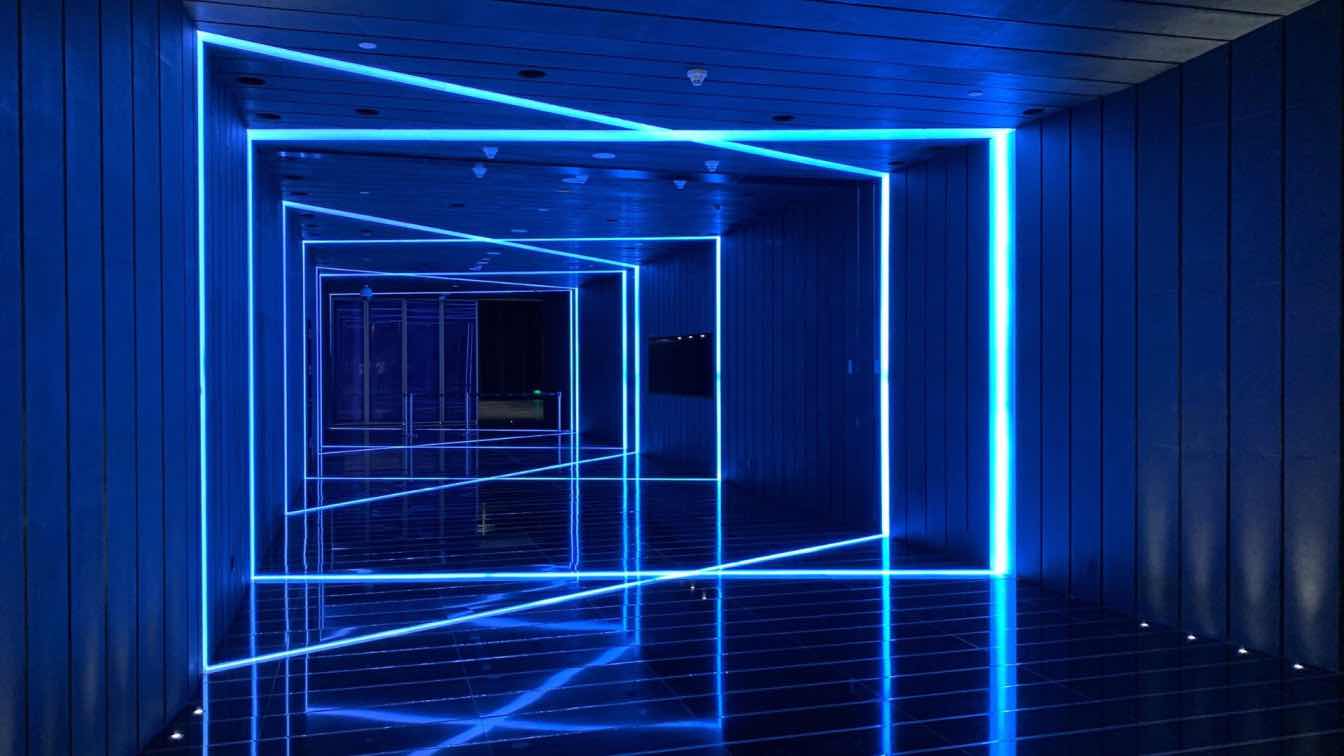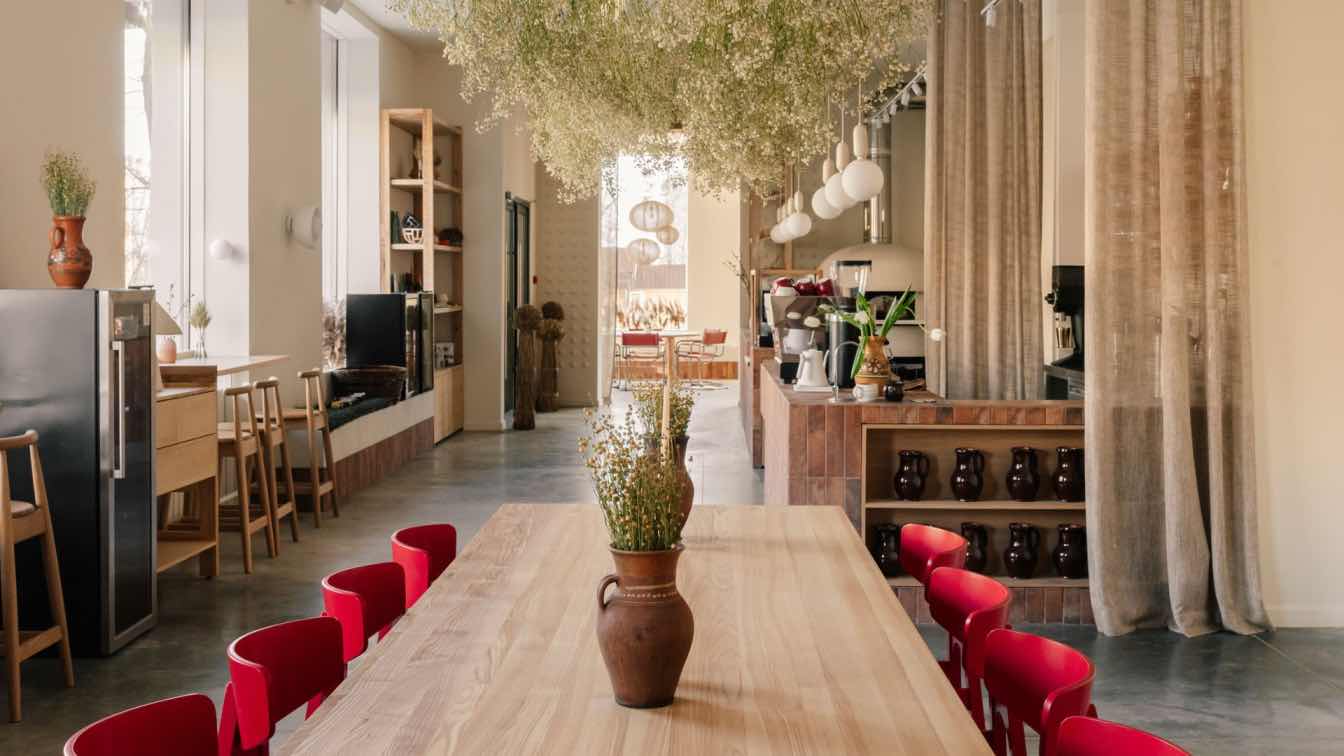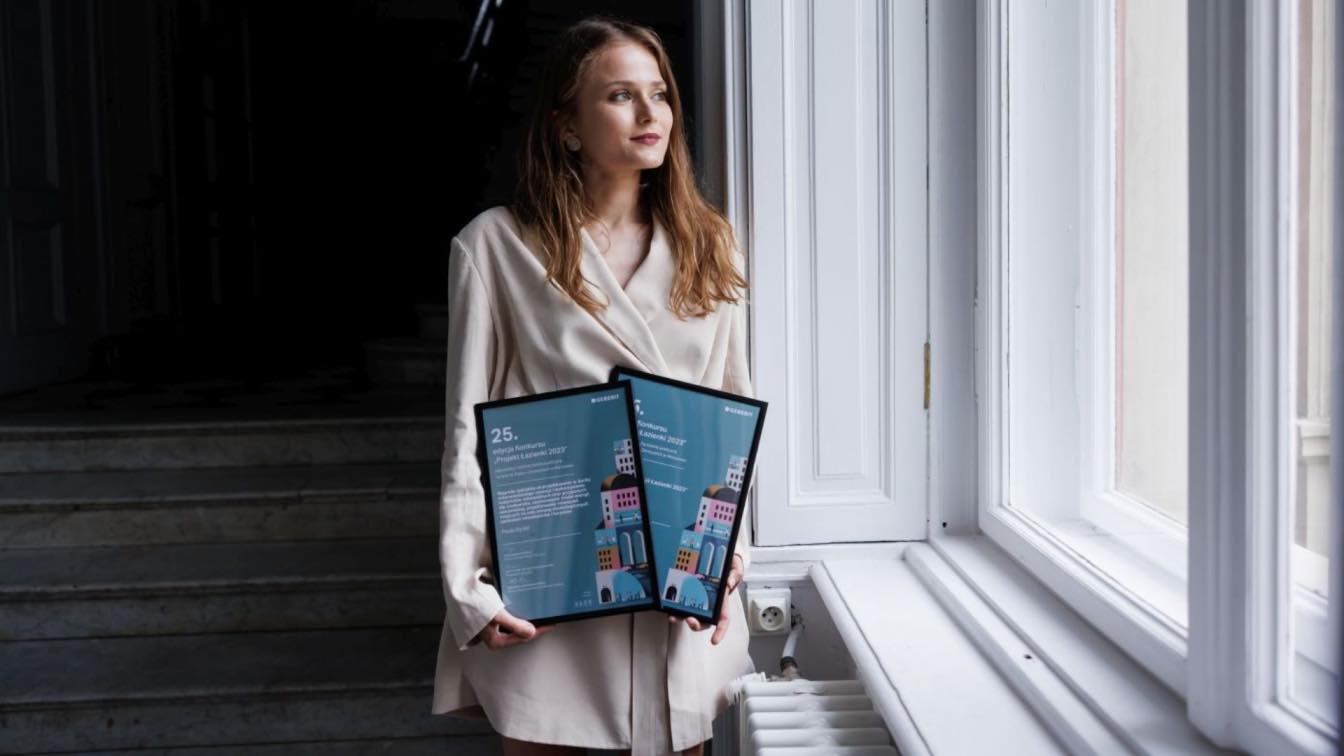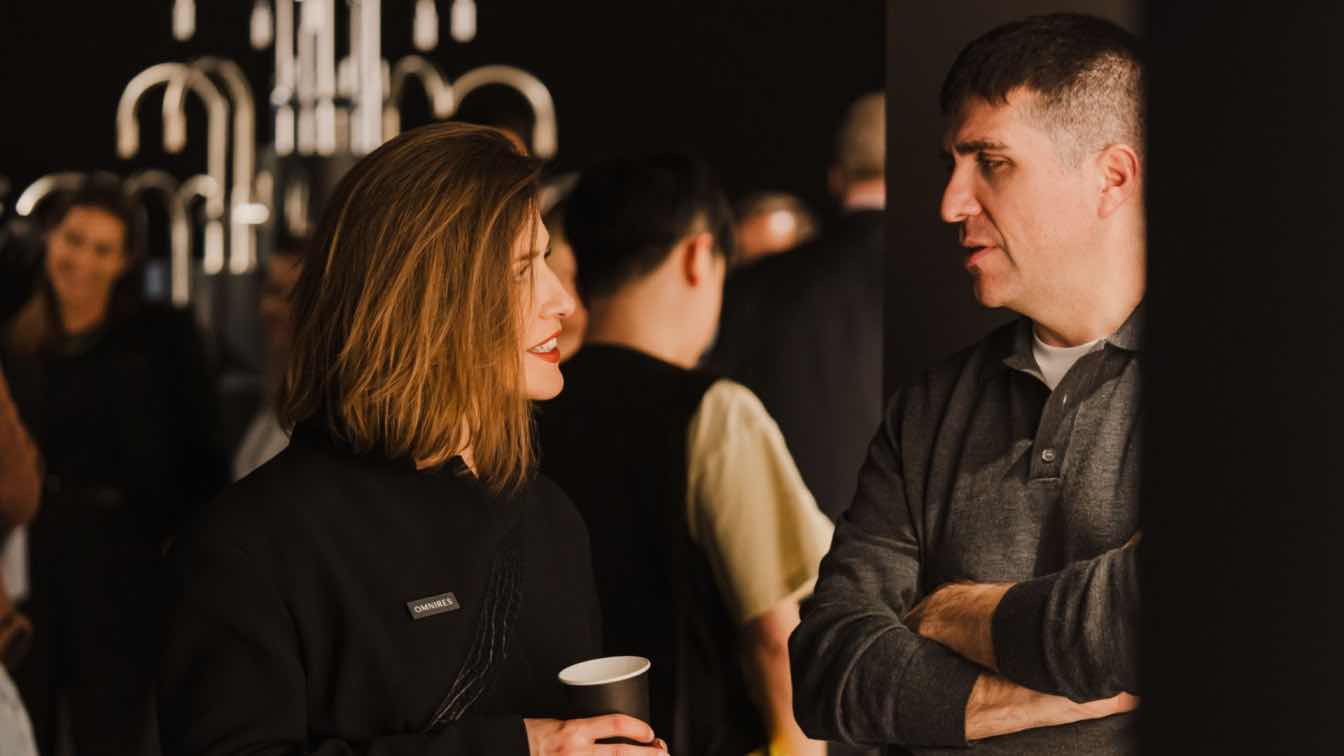We recently had the chance to speak with Xingying Peng, a talented lighting designer based in New York City. With a keen focus on innovation and the deeper significance of lighting design, Peng shared her insights on how lighting impacts our lives and the evolving landscape of the industry.
Q: Xingying, how would you describe the importance of lighting design in our daily lives?
Xingying Peng: In school, I remember studying Turner’s painting 'Regulus,' which tells the story of a Roman leader made to stare at the sun until he went blind. I’ll never forget this story. It always reminds me how brutally powerful light is. Poor lighting design can genuinely harm your eyes. Traditional indoor lighting often prioritizes brightness, neglecting aesthetics and user experience. My goal is to strike a balance among practicality, aesthetics, energy efficiency, and a human-centered approach.
Q: You have a rich educational background. How have your studies influenced your design philosophy?
Xingying Peng: I hold an MFA in lighting design from Parsons School of Design. My education in the East emphasized technical skills, while my studies in the West focused on collaboration and conceptual storytelling. I learned to ask critical questions like, “Where does your design stand? What story does it tell?” My experience as a stage lighting designer in various Asian theater festivals, such as the Beijing Fringe Festival, helped me integrate the people and stories behind a project into my designs. I believe that innovative design must start with the human experience.
Q: Can you share a memorable project from your career and its significance?
Xingying Peng: One of my first projects after joining a leading architectural lighting consultancy was designing the office for TD Bank at One Vanderbilt Avenue. The client wanted to blend their brand identity with the essence of New York City. I collaborated with lighting manufacturers and architectural teams to create a distinctive art chandelier in TD Bank’s signature deep green color, incorporating elements that reflect unique “New York moments” throughout the office. This project was pivotal for me as it showcased how lighting can narrate a story.
Q: You’ve worked on several notable projects in various sectors. What trends are you seeing in lighting design overall?
Xingying Peng: In recent years, I’ve focused on corporate offices, healthcare, and education sectors. My designs for the Citizens Bank flagship in Philadelphia and the CRISPR headquarters in Boston won the 2022 Illuminating Engineering Society Award and the 2023 LIT International Lighting Design Award, respectively. A current project I’m excited about is the new NewYork-Presbyterian Cancer Center, where our office is collaborating with Studio Gang. A lower color temperature was proposed to create a more welcoming atmosphere, countering the often sterile feel of hospitals. This change represents a shift in healthcare lighting and sets a precedent for future facilities. I believe future designs will increasingly borrow from hospitality trends, incorporating warmer color temperatures and blurring the lines between spaces.
Q: How do you see the evolution of the lighting market impacting designers today?
Xingying Peng: Say a decade or so ago, the options for energy-efficient and aesthetically pleasing fixtures were limited. Today, the market is vibrant and diverse, with users more aware of their needs. Designers now have ample resources to innovate and a responsibility to create subtle lighting experiences that integrate into daily life. I encourage young designers to observe the light around them—natural, artificial, and moments of darkness—and to find ways to describe it. This exploration can enrich everyday experiences and lead to exciting possibilities in lighting design.
As the conversation with Xingying Peng reveals, the future of lighting design is bright, driven by innovation and a commitment to enhancing the human experience. Her work continues to shape how we perceive and interact with light in our environments.





